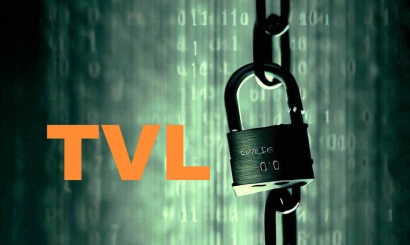In previous articles, we've explored various consensus mechanisms including PoS, PoW, lPoS, and PoB. This piece focuses on the dBFT algorithm, implemented by NEO cryptocurrency, which delivers enhanced network scalability and efficiency compared to other protocols.
UNDERSTANDING DBFT CONSENSUS
DBFT stands for delegated Byzantine Fault Tolerance. To grasp its concept, consider this simplified example: Imagine blockchain X as a nation where citizens (users) can elect delegates (representatives) through voting.
These elected delegates propose and review potential regulations. Any citizen can submit legislative proposals, which delegates may choose to endorse or reject.
During the legislative process, one delegate is randomly selected as a speaker. This speaker evaluates the potential impact on national wellbeing. Other delegates conduct similar assessments and compare results. If over 66% of delegates agree with the evaluation, the legislation passes.
When consensus falls short of 66%, the process restarts with a new speaker. This framework helps control malicious actors and participants with limited computational capabilities.
BLOCKCHAIN IMPLEMENTATION
In blockchain terms, token holders represent citizens who can conduct transactions but cannot verify blocks. Delegates become accounting nodes, responsible for block validation.
To qualify as an accounting node in NEO, candidates must have:
- Specific hardware requirements
- Dedicated internet connectivity
- Minimum GAS holdings (currently 1,000)
Following the earlier analogy, blocks represent laws, and their hashes correspond to wellbeing metrics.
KEY BENEFITS
- Swift transaction verification
- Minimal fork risk
- High transaction capacity
- Strong network finality
LIMITATIONS The primary drawback of dBFT is partial centralization through delegate nodes. While user-elected, these nodes hold significant power. Additionally, developers likely control many nodes.
Currently, dBFT operates exclusively within the NEO ecosystem, where it has demonstrated reliable network performance.







